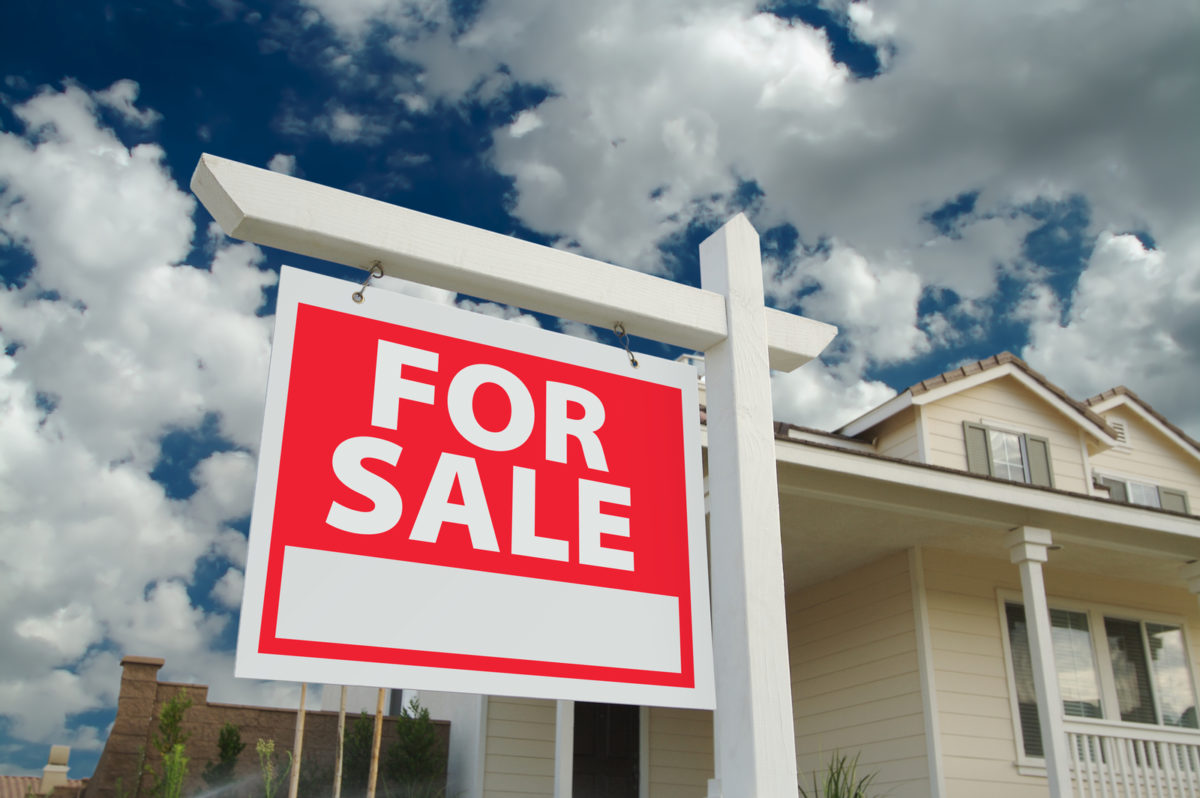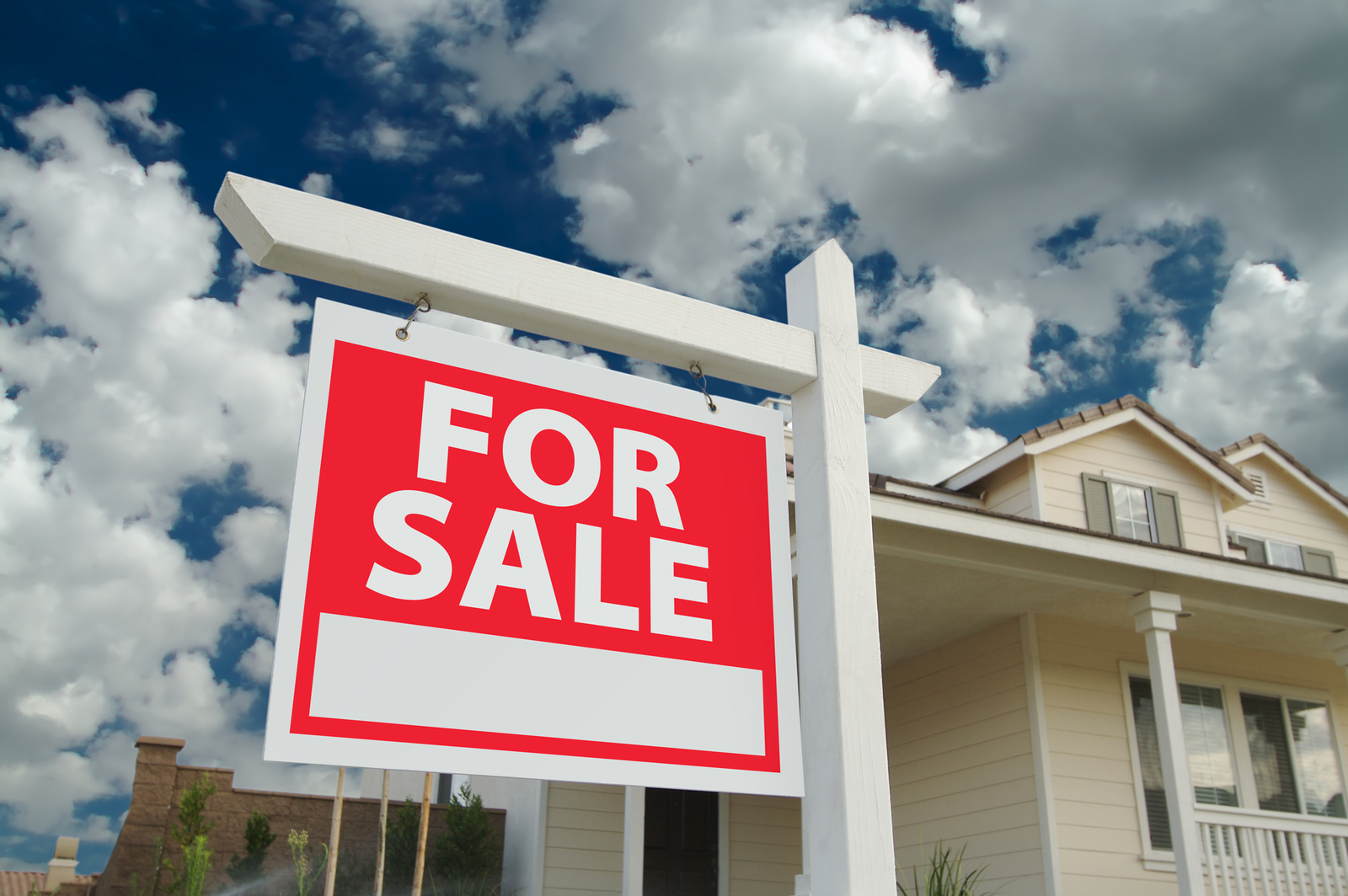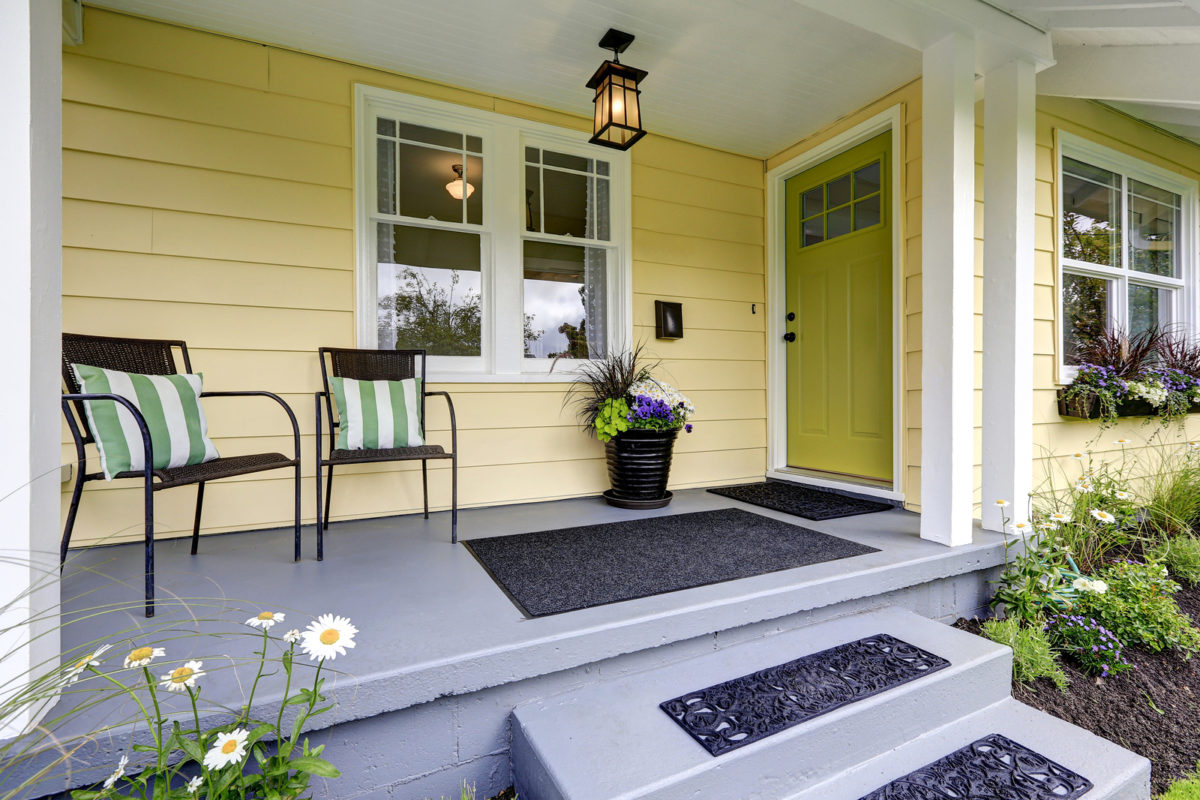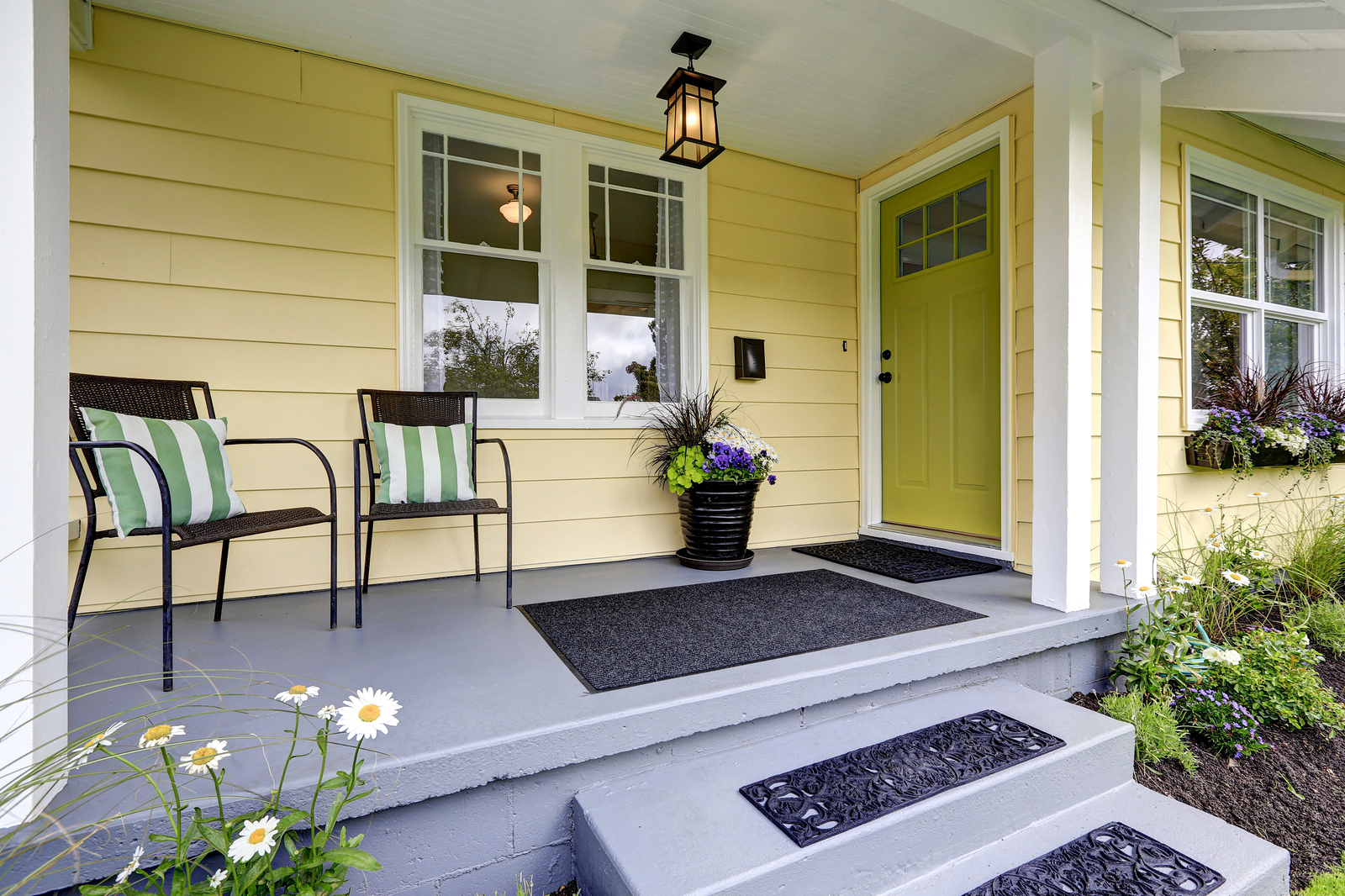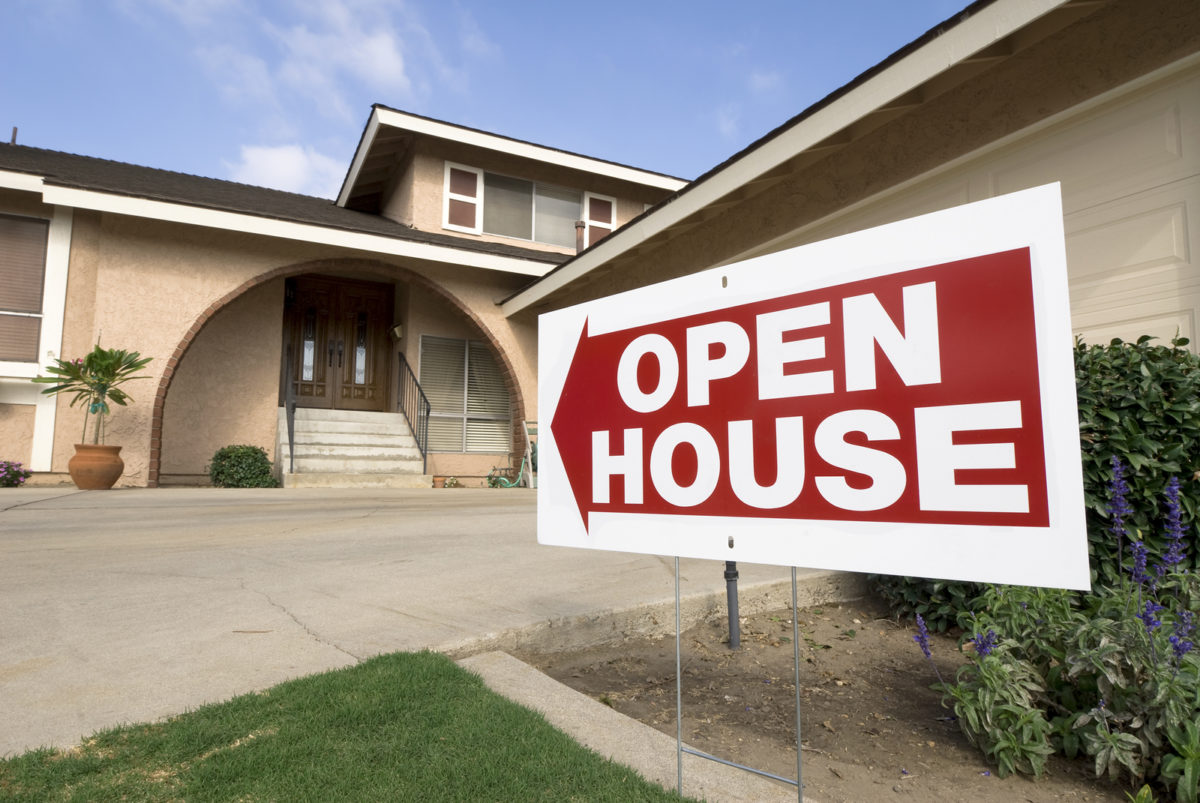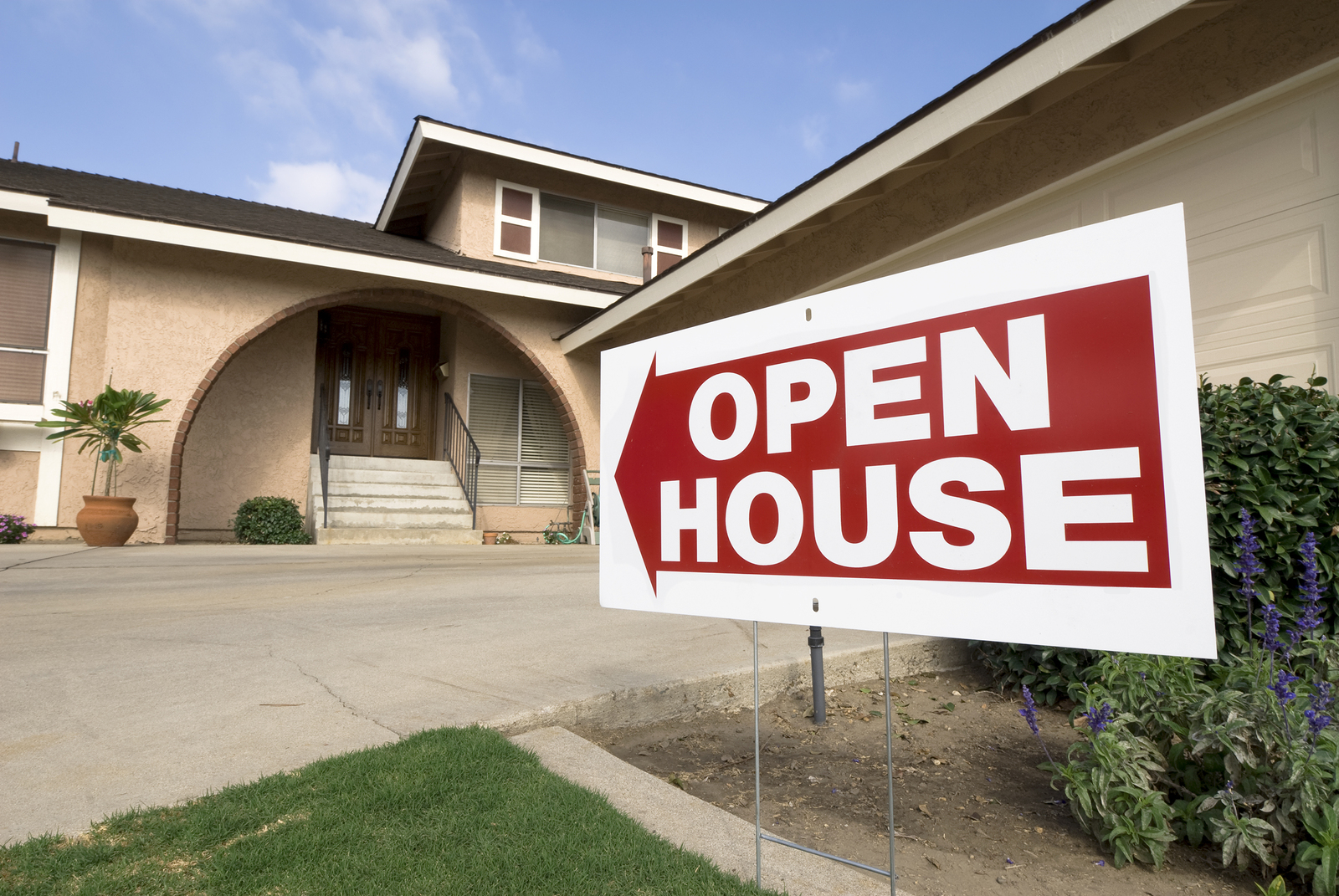Real estate isn’t a game for the faint of heart. To ensure that you walk away from the deal with the maximum amount of money possible requires following a time-tested process.
Unfortunately, not all real estate agents counsel their clients on the do’s and don’ts of selling a home so mistakes happen frequently.
Let’s take a look at three of the most critical mistakes that home sellers make and how to avoid making them.
1. Overpricing the Home
A home sale isn’t like a yard sale where folks haggle over prices. Sure, there may be price negotiations, but don’t count on them when coming up with a price for the home.
Pricing high to give the buyer “wiggle room” to negotiate isn’t wise.
Your agent will place your home on the Multiple Listing Service (MLS) database shortly after taking your listing. He or she will enter all the particulars of the home and the price.
Other agents in the area will search the MLS for homes that their buying clients may be interested in viewing. These searches are almost always based on price.
When you overprice your home, it will show up in searches for larger, newer and nicer homes – homes that yours can’t compare with.
So, it will sit on the market with view buyers viewing it in person. When a home sits for too long, buyers’ agents and their clients get the impression that you aren’t a serious seller and, in the end, your home may become stigmatized.
A home’s value is determined by what buyers are willing to pay for it, not what the homeowner wants to get for it.
To determine what buyers are willing to pay requires an analysis of homes similar to yours that have recently sold.
It doesn’t matter what your friend Connie across the street is asking for her house, it only matters what she finally realizes when the deal closes.
The biggest mistake a home seller can make is to lose that most valuable marketing period – the first few weeks after the home hits the market.
Unless the market is red-hot for sellers and multiple offers are the norm, work with your agent to determine the home’s value and price it right.
2. Not preparing the house
“You only have one chance to make a good first impression,” isn’t just excellent advice for a job interview. Houses make impressions as well and if you don’t take the time to ensure yours makes an impact immediately you may end up leaving money on the table.
Preparation starts with cleaning the home until it is immaculate. Paint any walls that need it, make repairs to dripping faucets, sagging screens and loose banisters.
Staging the home – hiring a decorator to rearrange furniture and add decorative items – isn’t a must but it has proven to bring more money at the close of the sale.
Finally, never neglect the exterior of the home. What a buyer sees when he drives up to the curb must be compelling enough to make him want to see what’s on the inside.
3. Putting restrictions on showings
Being flexible is a must when your home is on the market. This means not putting too many restrictions on showing times.
If you require a 24-hour notice or will only allow the home to be shown during certain hours, you restrict the pool of buyers that may be interested in purchasing the home.
Flexibility also means being willing to leave the home at a moment’s notice so that an agent can show it. It means leaving for the entire day if your agent wants to hold an open house.
Yes, it’s a bother and it’s inconvenient. But the homeowner hanging around during showings and open houses is intimidating to buyers and they won’t feel free to truly investigate the house.
Bonus Tip
One of the biggest mistakes a homeowner can make is to be less-than truthful about all aspects of the home.
Disclosure is your duty non-disclosure of a known material fact can land you in court. You must tell a potential buyer both the good and the bad about the house and the neighborhood.
Ask your real estate agent any questions you may have about the disclosure process and your role in it.
